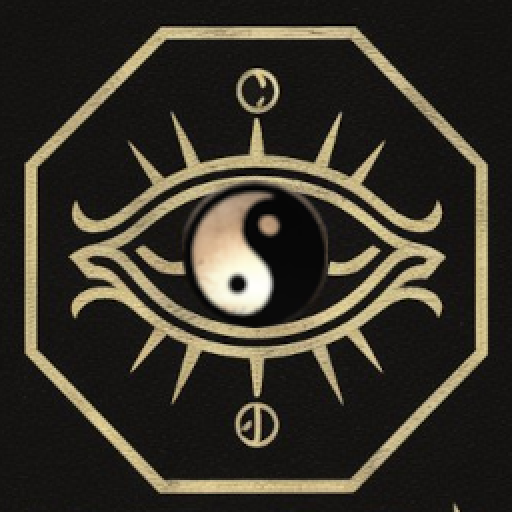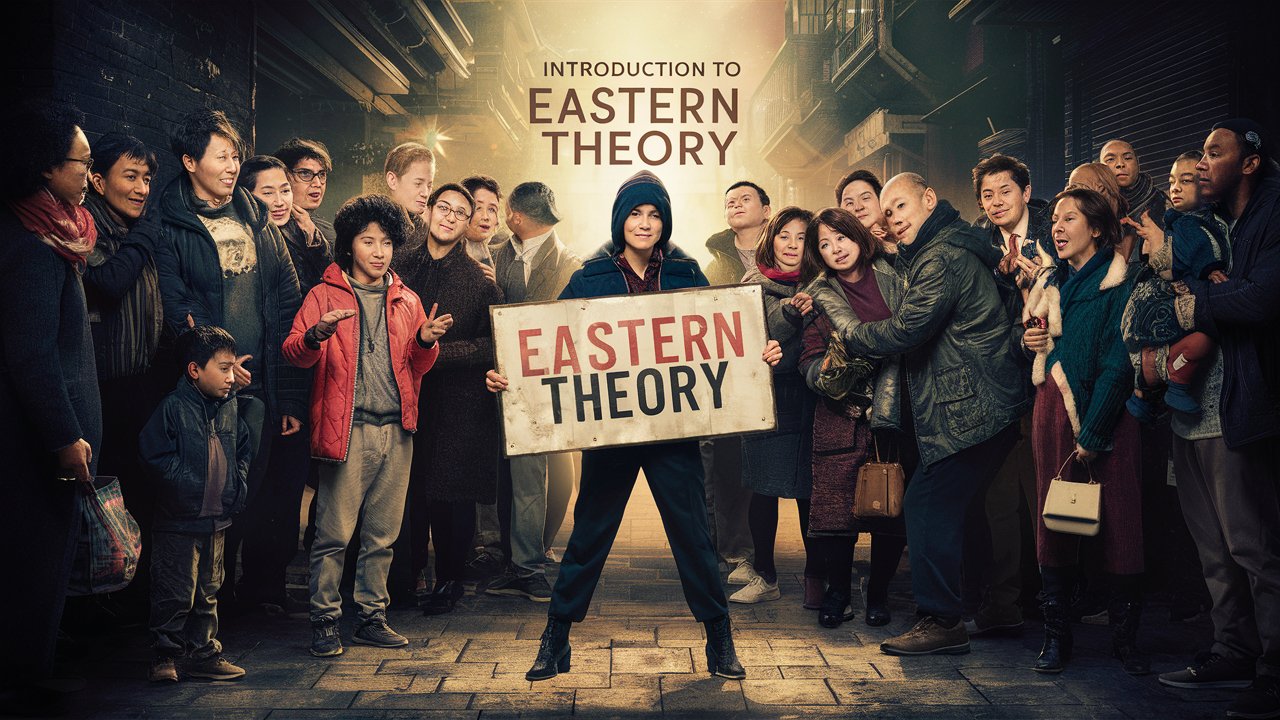AI-Powered Technology Providers https://apps.mysticomni.com/dreamanalysis
Original
君主队杖有异吉 旌旗受宠大吉利 抱旌节主贵人扶 旌旗引入山主凶
造旌盖主大吉利 羽益盖身主富贵 旌旗迎接大富贵 旗幡竞出主疾病
手持旌节有恩偿 自盖覆身大吉利 见做新旗大吉利 与人分金主分散
拔刀出行大吉利 得人刀主行人至 人与三刀作刺史 与人相砍大吉庆
被刀出血得酒食 持刀刺人主失利 刀斧自伤大吉利 得人刀斧禄位至
刀落水中妻妾亡 失落刀剑主破财 带刀剑行有财利 磨刀剑锋快大古
与人刀剑皆主凶 剑在床头大吉利 女人带刀大吉庆 女人拔刀主有子
剪刀主分财之事 剪刀剪物主得财 剪刀折股妻妾凶 甲胄披身护吉利
枪槊主官位吉利 见军兵败主有凶 钟磐有声远人来 钟鼓大鸣福禄至
打鼓有声远有来 见鼓住声欢乐吉 见鼓不鸣凶必至 看放烟火有忧散
Interpretation
Translation
A monarch holding a staff foretells an auspicious difference. Receiving a banner or flag signifies great fortune and favor. Holding a banner or standard predicts support from nobles. A banner leading into the mountains foretells misfortune. Creating a canopy of banners foretells great fortune. Feathers enhancing a canopy foretell wealth and honor. Welcoming with banners foretells great wealth and honor. Competing flags foretell illness. Holding a standard predicts recompense for kindness. Covering oneself predicts great fortune. Seeing a new banner foretells great fortune. Sharing gold with others foretells separation. Drawing a sword for travel foretells great fortune. Receiving a knife predicts a traveler’s arrival. Being given three knives foretells the position of a governor. Fighting with others with knives foretells celebration and great fortune. Bleeding from a knife foretells feasting and drinking. Stabbing someone with a knife foretells loss. Cutting oneself with a knife or axe foretells great fortune. Receiving a knife or axe from others foretells a position of wealth and rank. A knife falling into water foretells the loss of a wife or concubine. Losing a knife or sword foretells financial loss. Carrying a knife or sword foretells profit. Sharpening a knife or sword foretells ancient and swift fortune. Sharing knives or swords with others foretells misfortune. A sword by the bedside foretells great fortune. A woman carrying a knife foretells celebration. A woman drawing a knife foretells the birth of a child. Scissors foretell the division of wealth. Cutting with scissors foretells gaining wealth. A broken pair of scissors foretells misfortune for a wife or concubine. Wearing armor foretells protection and good fortune. Spears and halberds foretell official positions and good fortune. Seeing a defeated army foretells misfortune. The sound of bells and chimes foretells the arrival of people from afar. The sound of bells and drums foretells blessings and wealth. Hitting drums with sound foretells the arrival of people from afar. Seeing drums and hearing their sound foretells joy and fortune. Seeing silent drums foretells inevitable misfortune. Watching fireworks foretells the dissipation of worries.
Cultural Explanation
This passage reflects traditional Chinese beliefs about the symbolism of various objects and actions, particularly those related to military and official symbols, as omens for one’s future. It is a collection of sayings that associate these elements with predictions of good or bad fortune, often related to one’s social status, health, and wealth.
For example, banners and flags are seen as symbols of honor and authority, and their reception or creation is considered a sign of good fortune. Similarly, weapons like knives and swords are associated with power and protection, but also with potential danger and conflict. The act of sharpening a weapon is seen as a positive sign, indicating readiness and the potential for success.
This kind of folk wisdom was an integral part of traditional Chinese culture, where people believed that observing and interpreting these signs could provide guidance for their actions and decisions. Even though these beliefs may not be taken literally today, they offer a fascinating glimpse into the cultural practices and mindset of ancient China, highlighting the importance of symbols and signs in predicting and understanding one’s destiny.
Refs:
Uncovering the Mystery of Dreams: Eastern Theory
Uncovering the Mystery of Dreams: A Modern Interpretation of Ancient Oriental Art

